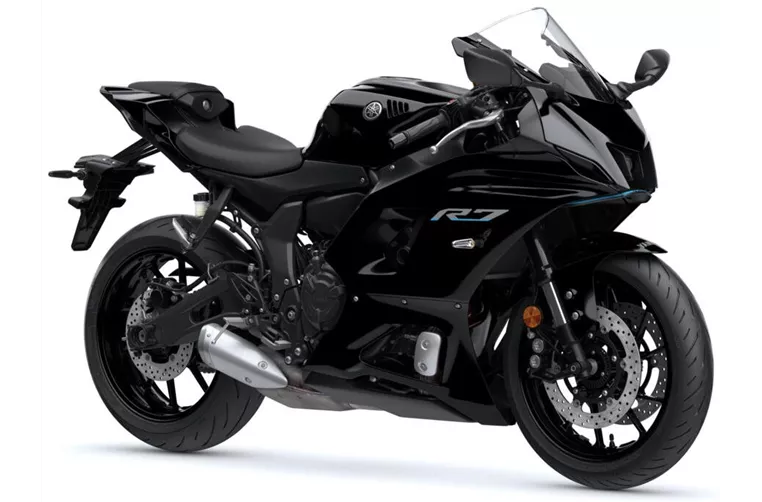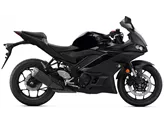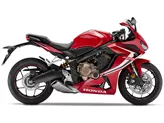Yamaha R7 2021 vs. Kawasaki Ninja 650 2017
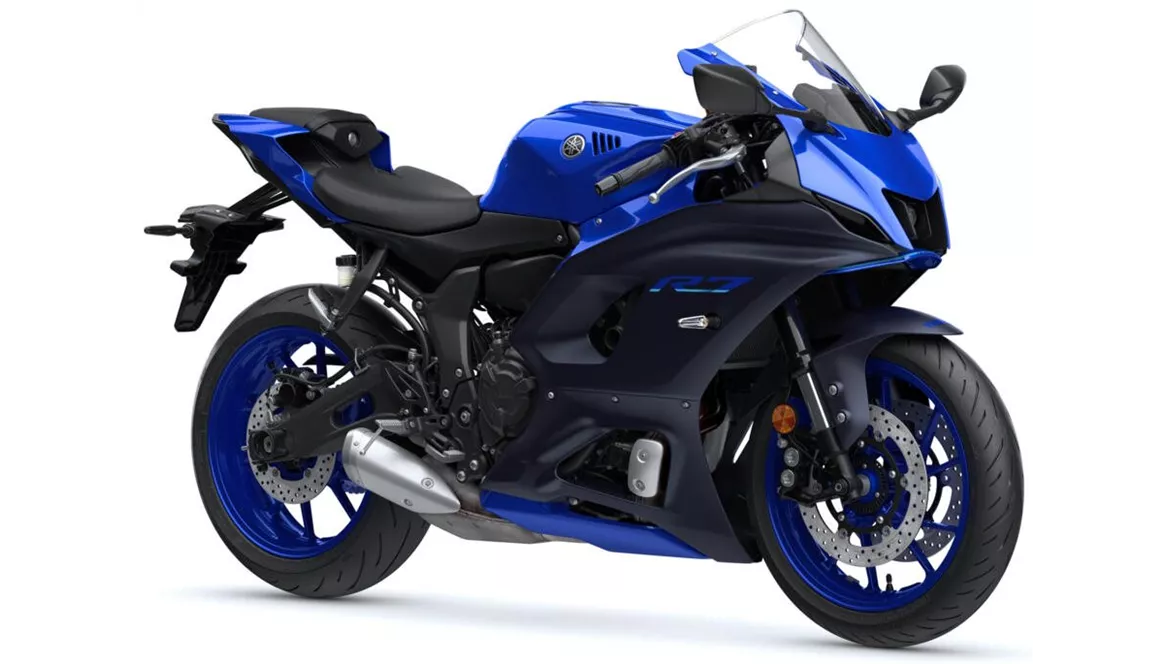
Yamaha R7 2021

Kawasaki Ninja 650 2017
Overview - Yamaha R7 2021 vs Kawasaki Ninja 650 2017
The Yamaha R7 2021 and the Kawasaki Ninja 650 2017 are both popular models in the supersport category, offering exciting performance and thrilling riding experiences. While they share some similarities in terms of engine type, number of cylinders, and suspension setup, there are also notable differences between the two bikes.
Starting with the engine specifications, the Yamaha R7 2021 is equipped with an inline twin engine with a displacement of 689cc. It produces a maximum power of 73.4 HP and a torque of 67 Nm. On the other hand, the Kawasaki Ninja 650 2017 also features an inline twin engine, but with a slightly smaller displacement of 649cc. It generates a maximum power of 68.2 HP and a torque of 65.7 Nm. Both bikes have a DOHC configuration with four valves per cylinder, ensuring efficient combustion and power delivery.
In terms of chassis and suspension, both the Yamaha R7 2021 and the Kawasaki Ninja 650 2017 feature a steel frame, providing a sturdy and stable platform for aggressive riding. The R7 has an upside-down telescopic fork with a diameter of 41mm in the front, while the Ninja 650 has a conventional telescopic fork of the same size. Both bikes have a swing arm rear suspension with a monoshock absorber.
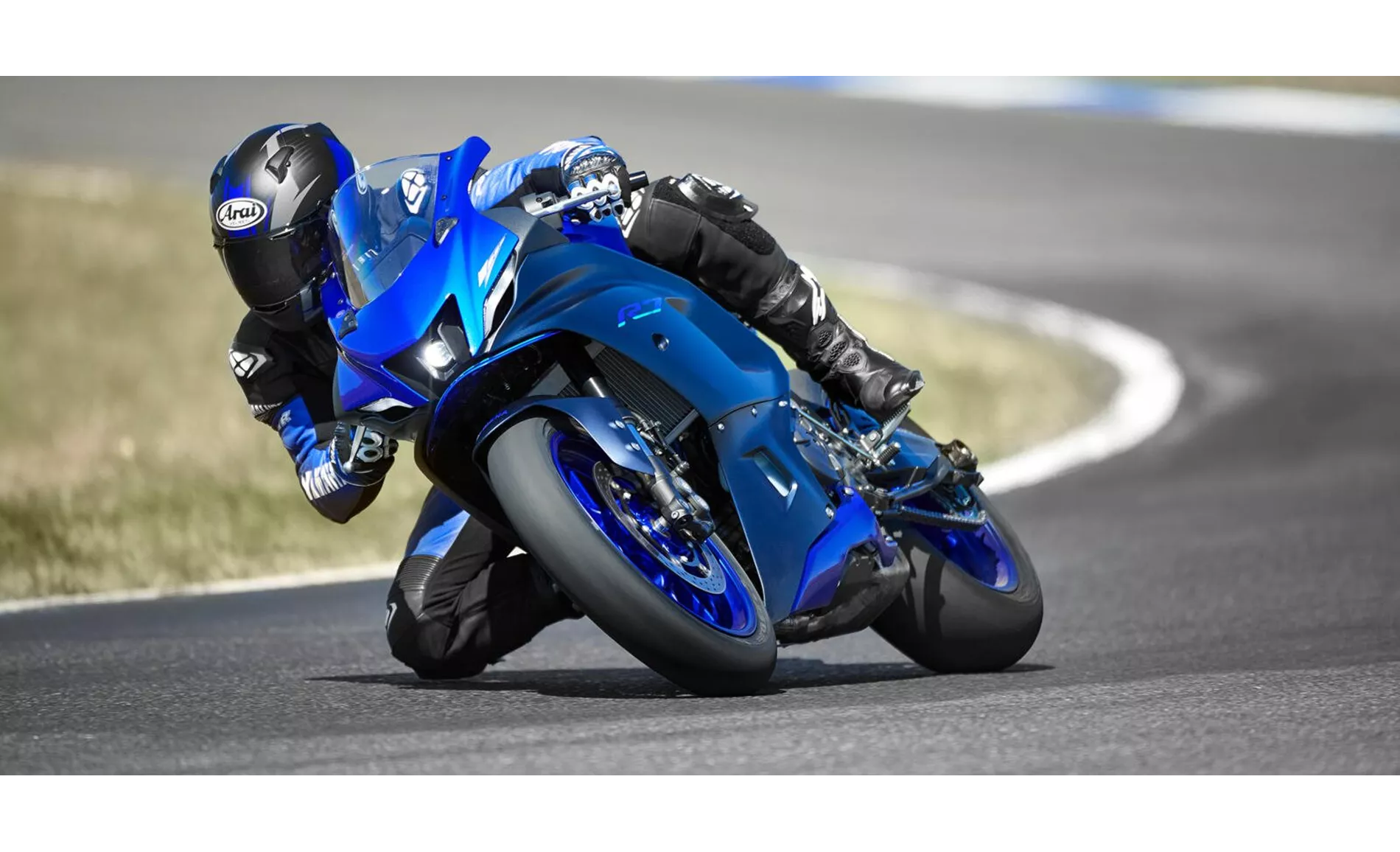
Yamaha R7 2021
When it comes to braking, the Yamaha R7 2021 is equipped with double disc brakes in the front, featuring radial technology for enhanced stopping power. The Kawasaki Ninja 650 2017 also has double disc brakes in the front, but with a petal design. Both bikes are equipped with ABS, ensuring safe and controlled braking in various road conditions.
In terms of dimensions and weights, the Yamaha R7 2021 has a front tire width of 120mm and a rear tire width of 180mm. It has a wheelbase of 1395mm and a kerb weight of 188kg (with ABS). On the other hand, the Kawasaki Ninja 650 2017 has a front tire width of 120mm and a rear tire width of 160mm. It has a slightly longer wheelbase of 1410mm and a slightly higher kerb weight of 193kg (with ABS). Both bikes have a fuel tank capacity of 13 liters for the R7 and 15 liters for the Ninja 650.

Kawasaki Ninja 650 2017
In terms of strengths, the Yamaha R7 2021 is praised for its high-torque CP2 engine, sporty riding position, suspension set-up, standard tires, and being a good entry-level trackday bike. On the other hand, the Kawasaki Ninja 650 2017 is known for its transparent chassis for sport, playful and good-natured handling, excellent brakes, sharp looks reminiscent of the ZX-10R, and a resilient engine.
However, there are also some weaknesses to consider. The Yamaha R7 2021 could benefit from a quickshifter as standard, while the Kawasaki Ninja 650 2017 lacks a distinctive sound from the stock exhaust and may exhibit slight vibrations from the engine.
In conclusion, both the Yamaha R7 2021 and the Kawasaki Ninja 650 2017 offer exciting performance and enjoyable riding experiences. The R7 stands out with its high-torque engine and track-ready features, while the Ninja 650 impresses with its playful handling and stylish design. Ultimately, the choice between the two will depend on individual preferences and priorities.
Technical Specifications Yamaha R7 2021 compared to Kawasaki Ninja 650 2017
Pros and Cons in comparison
Pros and Cons in comparison
Yamaha R7 2021
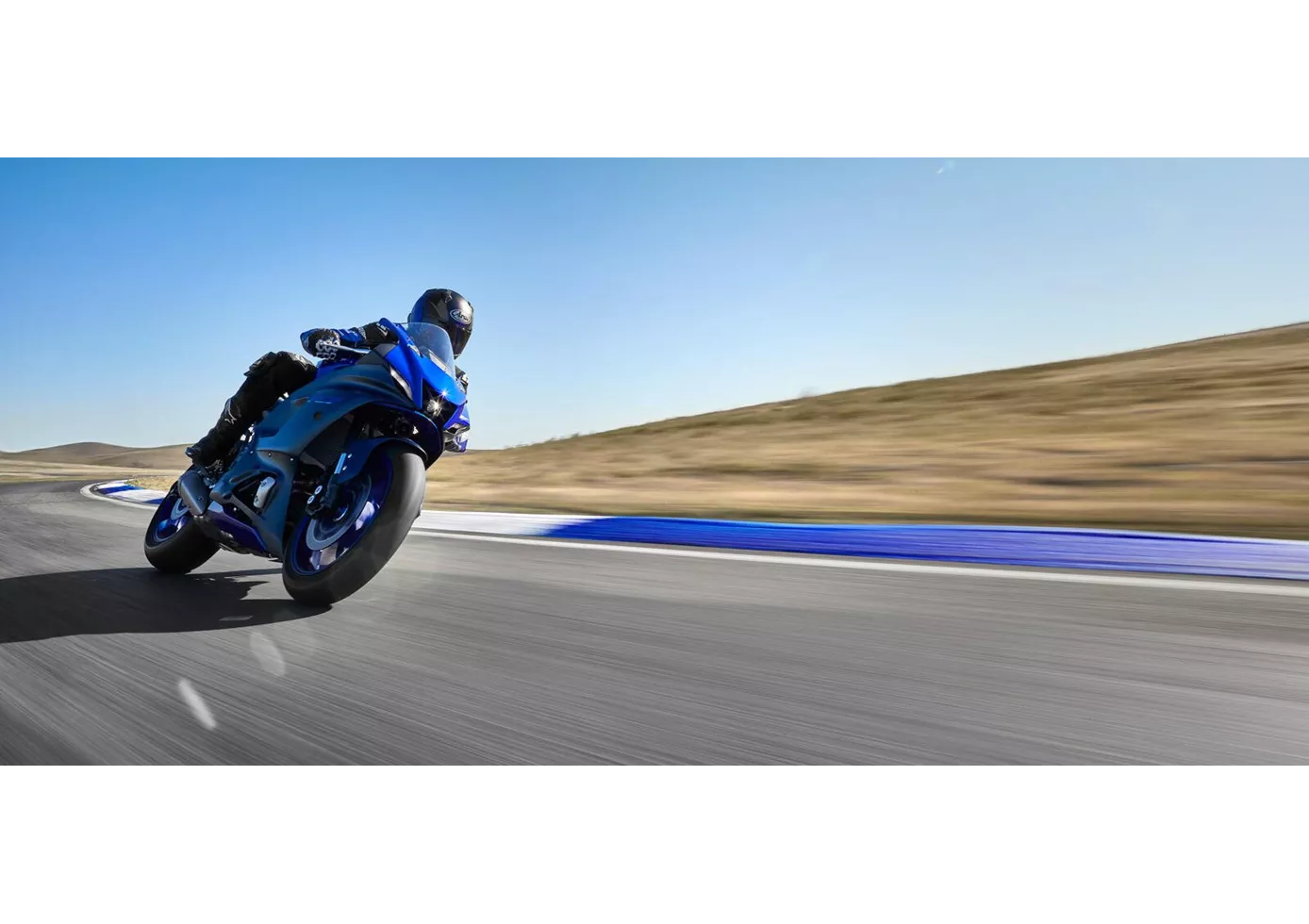
Kljub precej nenavadni kombinaciji razumnega motorja srednjega razpona z močjo 73,4 KM in izjemno agresivnega, športnega videza R7 nikakor ni ovca v volčji preobleki. Zmogljivost, ki je nekje med R3 in R6, se je v praksi izkazala za veliko močnejšo, kot bi kazale čiste vrednosti na papirju, glede geometrije, podvozja, zavor in pnevmatik pa so Yamahini inženirji resnično opravili domačo nalogo. Poleg tega ima Yamaha R7 vse lastnosti, da se lahko na kompaktni dirkalni stezi, kot je na primer Pannoniaring, tudi brez velike naložbe iz škatle zelo dobro zabava. Seveda pa se bolje počuti na podeželski cesti, kamor po našem mnenju v prvi vrsti tudi spada. Glede na celoten paket je nakupna cena več kot poštena - zato ni težava, da quickshifter ni vključen in ga je treba dokupiti kot opcijo.
Kawasaki Ninja 650 2017

Ninja 650 močno zaznamuje svojega predhodnika (Er-6f). Motor se je dobro spopadel z zahtevami Euro 4 in ponuja zelo uporabnih 68 KM, podvozje je preprosto odlično za ta razred, za 18(!) kilogramov manjša teža v primerjavi z modelom ER-6f pa upravičuje spoštljivo prikimavanje.
Price Comparison Avarage Market Price Yamaha R7 vs Kawasaki Ninja 650
There are a few key differences between a Yamaha R7 2021 and a Kawasaki Ninja 650 2017. It takes less time to sell a Kawasaki Ninja 650 with 96 days compared to 161 days for the Yamaha R7. Since model year 2021 1000PS.de editors have written 9 reviews for the Yamaha R7 and 20 reviews for the Kawasaki Ninja 650 since model year 2017. The first review for the Yamaha R7 was published on 5/18/2021 and now has more than 92,800 views. This compares to more than 79,600 views for the first review on Kawasaki Ninja 650 published on 10/4/2016.
